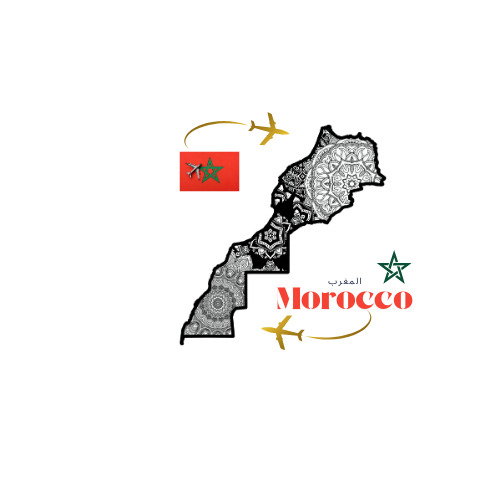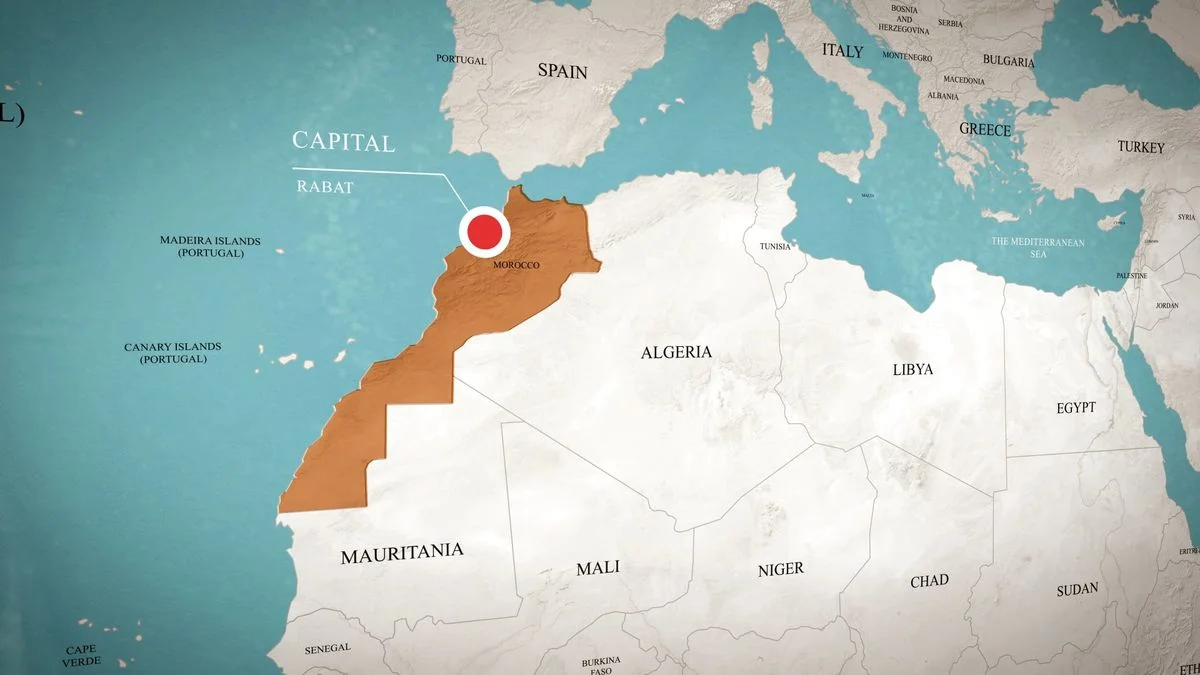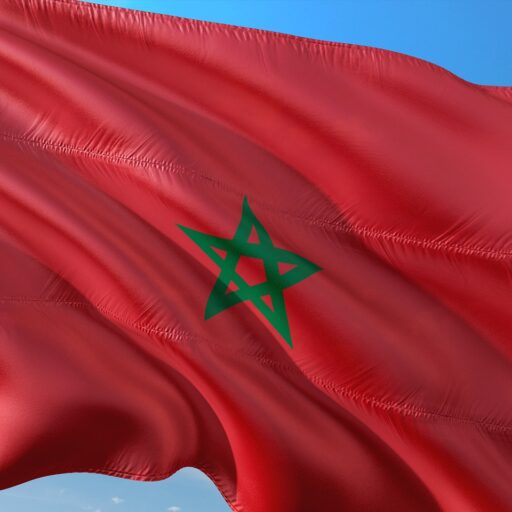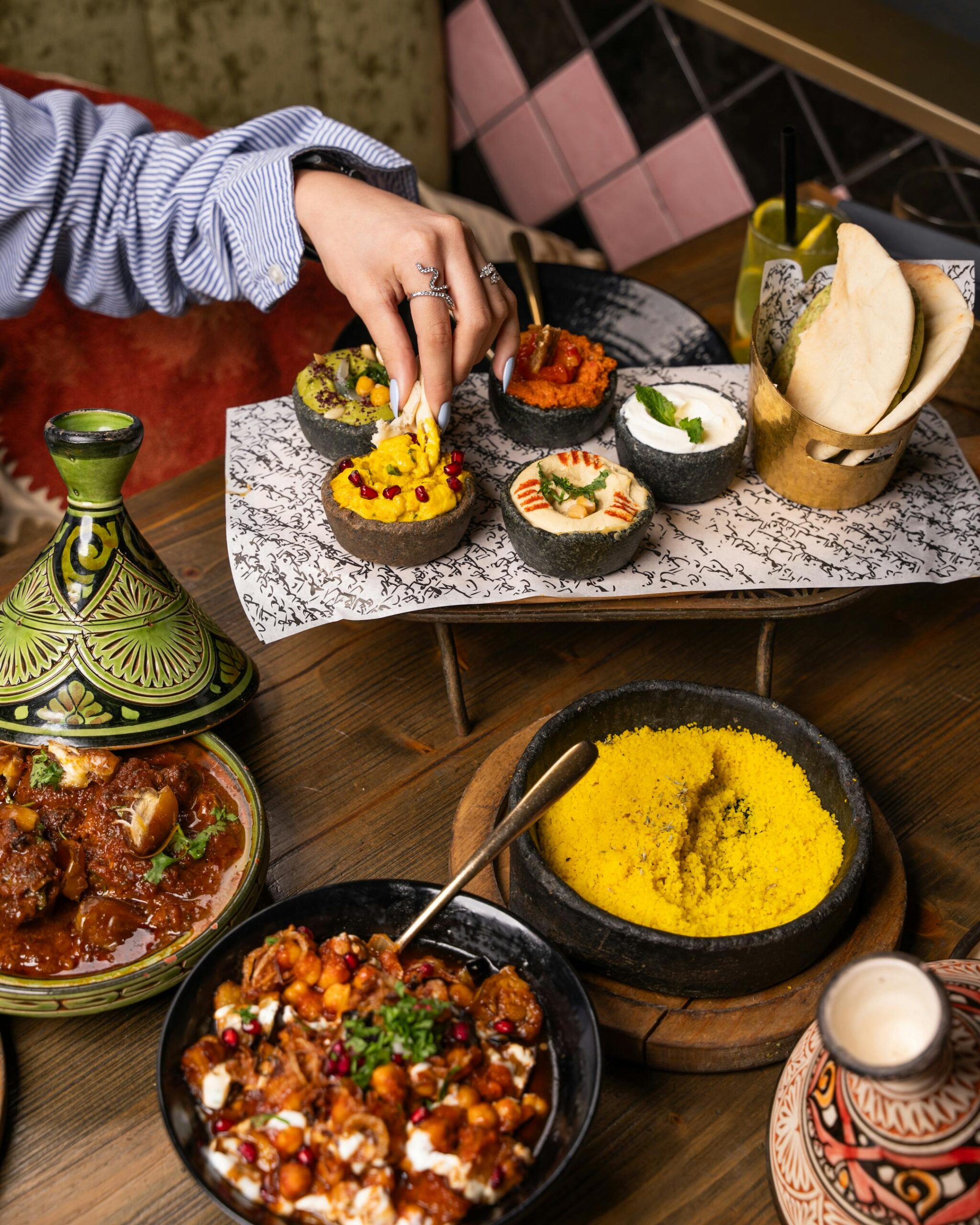Rabat: A City Where History Meets Modernity
Rabat, the capital city of Morocco, is a unique blend of history, culture, and modern development. Located along the Atlantic Ocean and the Bouregreg River, Rabat is one of Morocco’s four imperial cities, along with Fes, Meknes, and Marrakesh. As the political and administrative center of the country, it plays a vital role in shaping Morocco’s identity on both national and international levels.
A Glimpse into History
Rabat’s roots date back to the 12th century, when it was founded by the Almohad ruler Abd al-Mu’min. It served as a military base and later became a significant cultural and religious hub. The city’s name comes from “Ribat al-Fath,” which means “stronghold of victory.”
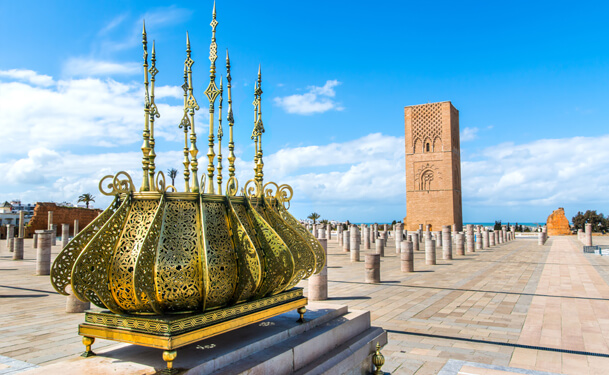
The Hassan Tower was commissioned by Sultan Yacoub al-Mansour, the third caliph of the Almohad dynasty, in 1195. His vision was to build the largest mosque in the world—larger even than the Koutoubia Mosque in Marrakesh or the Great Mosque of Cordoba in Spain. The mosque was to be the centerpiece of his capital, Rabat, which he was transforming into a powerful city.
However, when al-Mansour died in 1199, construction came to a sudden halt. The mosque, which was supposed to have over 300 columns and a minaret rising over 80 meters, remained unfinished. The minaret, which we now call the Hassan Tower, stands at about 44 meters—only about half of the planned height.
King Mohammed V is not only remembered as a monarch but also as the leader who guided Morocco to independence from French colonial rule in 1956. His courage, wisdom, and dedication to his people made him a beloved figure.
After his death in 1961, plans were made to build a grand mausoleum in his honor. Completed in 1971, the structure also houses the tombs of his sons: King Hassan II, who ruled after him, and Prince Abdallah.

Cultural Charm and Architecture
Rabat boasts a beautiful mix of traditional Moroccan architecture and French colonial influence. Its Medina, a UNESCO World Heritage Site, is quieter and more relaxed than those in other Moroccan cities, offering a more peaceful shopping and strolling experience. You’ll find narrow alleyways, local artisans, and charming markets that reflect authentic Moroccan life.
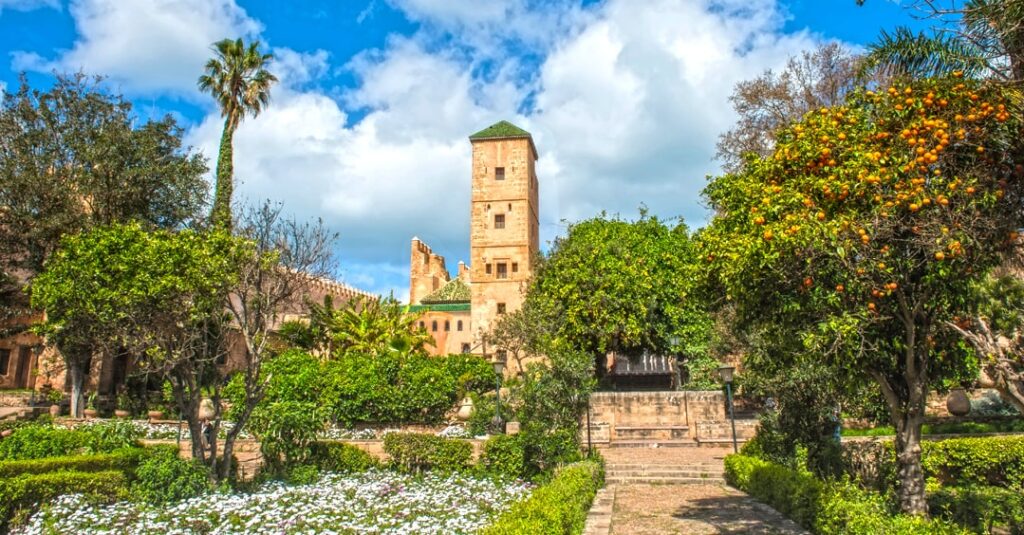
The Kasbah of the Udayas: Rabat’s Timeless Fortress by the Sea
Perched on a cliffside overlooking the Atlantic Ocean and the Bouregreg River, The Kasbah of the Udayas (also spelled Oudayas) is one of Rabat’s most picturesque and historically rich landmarks. This ancient fortress tells the story of Morocco’s layered past, offering visitors a peaceful escape into a world of blue-and-white alleyways, ocean views, and centuries-old architecture.
The Kasbah was originally built in the 12th century by the Almohad dynasty during the reign of Sultan Abd al-Mu’min. Its primary purpose was military: a fortress to defend the region and guard the river’s mouth. Over the centuries, it was expanded and repurposed by various dynasties and groups, including the Udayas, an Arab tribe who settled in the area in the 17th century—giving the Kasbah its current name.
In the 17th and 18th centuries, the Kasbah also served as a base for pirates who controlled the seas around Rabat and Salé, turning the area into a notorious corsair stronghold.
Modern Rabat
As the political capital, Rabat is home to the Royal Palace, government ministries, embassies, and international organizations. It also features modern infrastructure, clean streets, and green spaces, setting it apart from the hustle and bustle of other major cities in the country.
The city is also an educational hub, with prestigious institutions like Mohammed V University. Its cultural scene is vibrant, with museums, art galleries, and annual events like the Mawazine Festival, which attracts international music stars.
Sustainable and Smart Development
In recent years, Rabat has been recognized for its efforts in sustainability and urban development. It has invested in eco-friendly transportation, including a modern tram system that connects different parts of the city efficiently. Rabat was even named a « Green City » by the World Bank for its urban planning and environmental efforts.
Conclusion
Rabat may not always be the first Moroccan city that comes to mind for tourists, but its unique combination of history, elegance, and tranquility makes it a hidden gem. Whether you’re exploring ancient ruins, strolling along the riverfront, or enjoying its modern cafes and museums, Rabat offers something for every type of traveler. It’s a city that proudly preserves its past while embracing the future.
